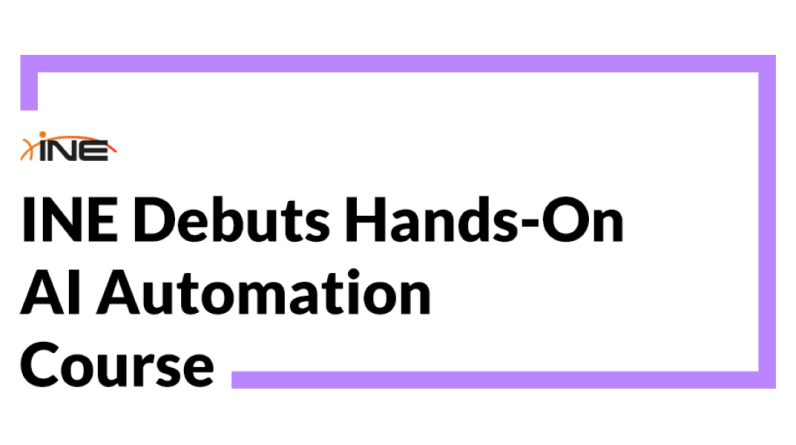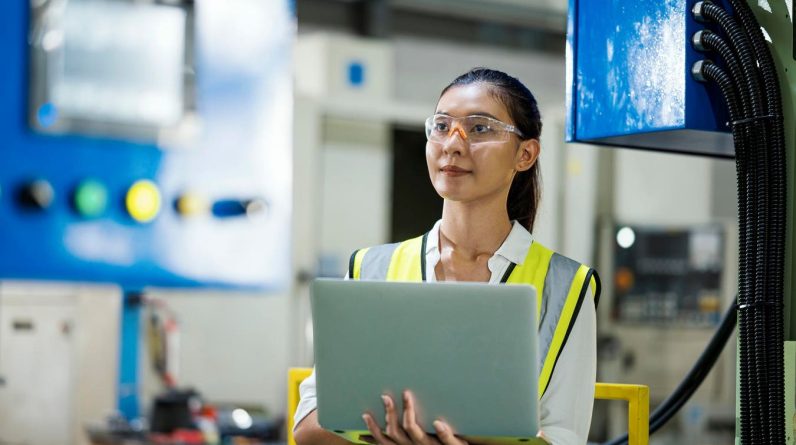
Join our daily and weekly newsletters for the latest updates and exclusive content on industry-leading AI coverage. Learn More
In a recent article published by the World Economic Forum (WEF), two Boston Consulting Group economists argued that AI’s impact on jobs will mirror that of past technological revolutions. This means that while there could be significant impacts for certain individuals who could be displaced by AI, overall, they believe there will be more jobs created than are lost.
While this could indeed be the outcome, it is also conventional wisdom, and it might be decidedly wrong. That is because AI’s impact on jobs may be far more disruptive than previous technological revolutions, as it can be used to outsource cognitive tasks potentially leading to more significant and widespread job displacement than previous innovations.
The viewpoint expressed by the WEF economists is that AI will follow past technological change episodes, such as when the internal combustion engine and automobiles replaced the work of horses, or when technology was broadly applied to farming. Several years ago, Microsoft president Brad Smith penned an excellent blog describing the transition from horse to car and the broad impacts that had on jobs. Little of what evolved during this transition was anticipated, including the positive job creation flywheel in related industries, such as manufacturing cars and parts, building roads or even advertising.
According to the McKinsey Global Institute, the auto industry created 6.9 million net new jobs in the United States between 1910 and 1950, equivalent to 11% of the country’s workforce in 1950. This includes 7.5 million jobs created, and 623,000 jobs destroyed. Smith noted that it was more than technology that contributed to this rapid shift, citing both evolving cultural values and the coincident Progressive moment that championed efficiency, sanitation and safety improvements in cities.
In other words, it was more than the technical advance that led to this dynamic employment outcome. Thus, past technological changes that were accompanied by a unique mixture of attributes are not necessarily predictive of the future when circumstances are — and will be — different.
The past may not be predictive of the future when it comes to AI
Today, it is not the progressives from the early 20th century but the technological accelerationists who are driving AI changes forward at breakneck speed. Those who share these views are proponents of rapidly advancing technological progress. Granted, there is a countervailing force pushing for AI safety and responsible use. Nevertheless, the absence of meaningful regulations that could substantively limit the advance of AI and its impacts — in the U.S., anyway — means that we are likely accelerating towards an uncertain future.
In essence, it is not a given that the impact of AI on jobs will mirror previous technological revolutions, as there is a crucial difference: AI represents the first instance where we are outsourcing cognition in addition to labor. This difference introduces a layer of complexity not seen before. In the past, the disruption was primarily physical in nature, such as replacing manpower with horsepower, then the latter with machine power.
The outsourcing of brain power means that roles requiring problem-solving, decision-making and creativity — tasks once considered uniquely human — could be increasingly handled by AI. While history provides valuable lessons, the unique nature of AI presents unprecedented and unpredictable challenges.
Augmenting — or replacing — work?
The challenges are already evident in several fields. A recent survey revealed that “74% of IT professionals expressed worry that AI tools will make ‘many of their day-to-day skills obsolete.’ Moreover, 69% of IT pros believe they’re at risk of being replaced by AI.”
While the prevailing belief is that AI is a useful tool to augment people and not to replace them, that may be more about the limitations of the current technology than it is a prescription of the future. The same survey reported 35% of executives had plans to invest in AI tools and technology to “eliminate unnecessary positions.”
These concerns are consistent with findings from the Federal Reserve Bank of Richmond, which recently issued a report citing company plans to use AI and automation to reduce staff. They found that “45% of firms said that they adapted automation over the past few years as part of a path towards reducing their employees, [and] a very similar 46% of firms said they planned to do the same ‘over the next two years.’”
In contrast, a separate report from the Dalles Federal Reserve Bank reported minimal impact so far on employment due to AI. They cited one financial services respondent as typical: “AI is helpful in offloading workload and increasing productivity, but we are not at the point where AI is going to replace workers.”
This statement underscores the current role of AI as a tool for augmenting rather than replacing workers.
The playing field is changing
Even if changes in employment are not yet showing up in the numbers, there are changes taking place. For example, an oft cited study of call center workers showed that new employees augmented by AI were able to perform as well as more experienced employees. Likewise, MIT Technology Review reported a study that showed that software engineers could code twice as fast with the help of AI.
By itself, AI might not shift the total number of call center workers or software engineers, but it could substantially change the makeup of the workforce. The implications of this type of change could be profound. For example, new employees might be able to compete more effectively with experienced professionals, potentially democratizing access to these jobs and increasing productivity.
As such changes occur, the premium placed on experience in the field might diminish, leading to downward pressure on wages, faster turnover, underemployment, the need for reskilling and the potential for widening skill gaps or income inequality between those who can adapt to AI-augmented roles and those who cannot.
This dynamic will not be limited to any one profession or industry. For instance, the financial services industry could see similar impacts. As reported, Citigroup found that AI will upend consumer finance and make workers more productive. They concluded that 54% of jobs across banking have a high potential to be automated and that an additional 12% of roles across the industry could be augmented with AI technology.
Already there are examples where entire call center departments are being replaced with an AI chatbot. For example, Swedish fintech company Klarna implemented an AI assistant that is now handling the workload equivalent to 700 full-time staff members. India-based e-commerce platform Dukaan let go its 27 customer services agents and replaced them with a bot.
Where are the new jobs?
As AI disrupts existing roles, it also creates opportunities for new kinds of employment. For instance, Citigroup said that financial firms will likely need to hire a bevy of AI managers and AI-focused compliance officers in the future to help them ensure their use of the technology is in line with regulations. There could certainly be new positions created across various industries as well, ranging from an AI risk manager who assesses and mitigates potential risks associated with AI implementation in business contexts to an AI-human interface designer who creates intuitive and effective ways for humans to interact with AI systems.
My personal favorite new role could be “AI orchestrator,” a human professional critical for understanding context, making ethical choices and building stakeholder relationships that a machine cannot fully grasp. As the orchestrator, they will guide various AI tools — be it text generators, image creators or video tools — to integrate outputs for the highest quality work product. Each tool serves as a member of the ensemble, and it’s the human orchestrator who ensures that the symphony is both harmonious and positively impactful.
As AI continues its rapid advance, the impact on employment will be complex and multifaceted. While historical parallels provide some guidance, the unique nature of AI — particularly its ability to outsource cognitive tasks — suggests that we are entering uncharted territory. The future of work will likely involve a mix of augmentation and displacement, with new roles emerging unevenly alongside the automation of traditional jobs. The net impact of these changes leading to more or fewer jobs is still to be determined. But during unprecedented change, using the past as a prediction of the future is little more than looking in the rearview mirror.
Gary Grossman is EVP of technology practice at Edelman.
DataDecisionMakers
Welcome to the VentureBeat community!
DataDecisionMakers is where experts, including the technical people doing data work, can share data-related insights and innovation.
If you want to read about cutting-edge ideas and up-to-date information, best practices, and the future of data and data tech, join us at DataDecisionMakers.
You might even consider contributing an article of your own!
Read More From DataDecisionMakers







